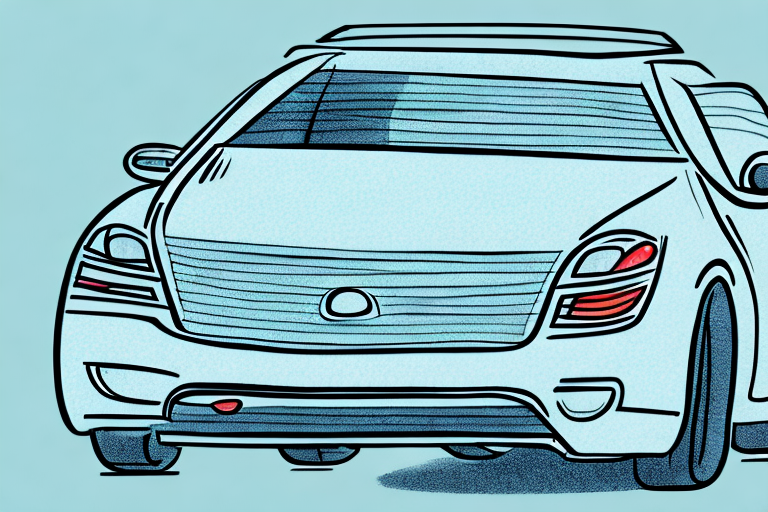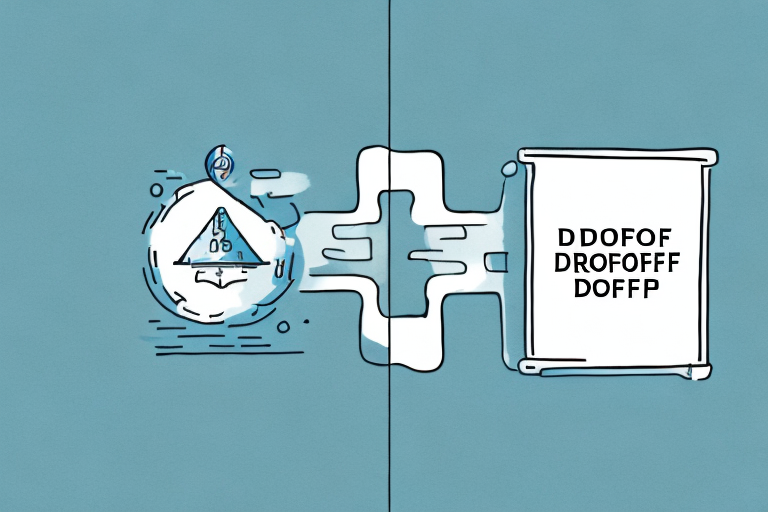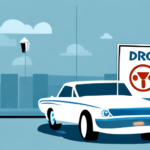Enhancing Customer Experience Through Streamlined Pick-Up and Drop-Off Processes
Pick-up and drop-off processes are critical elements in the customer experience journey. From the parking lot to the service counter, these processes can either strengthen or weaken the relationship between institutions and their customers. Inefficiencies can lead to extended wait times, long queues, and increased stress for customers. Conversely, streamlined procedures significantly enhance customer satisfaction and loyalty.
The Importance of Streamlining Pick-Up and Drop-Off
Streamlining pick-up and drop-off processes is essential as they serve as the first and last touchpoints in a customer's journey. These interactions leave lasting impressions that shape the overall perception of an institution's service quality. A poor experience during these stages can negatively influence a customer's entire view of the service provider.
According to a study by J.D. Power, 84% of customers who rated their rental car pick-up and drop-off experience as "5 out of 5" indicated they would reuse the same company. In contrast, only 39% of those who rated their experience as "2 or lower" expressed willingness to return.
Efficient pick-up and drop-off processes not only enhance customer satisfaction but also improve operational efficiency. By reducing wait times and simplifying procedures, institutions can serve more customers in less time, leading to increased revenue and reduced operational costs. Additionally, streamlined processes minimize the likelihood of errors and miscommunications, which can prevent costly mistakes and dissatisfied customers.
In today's fast-paced environment, customers expect convenience and speed. Institutions that fail to provide efficient pick-up and drop-off processes risk losing customers to competitors that offer more streamlined services. Investing in these processes is crucial for remaining competitive and meeting the evolving needs of customers.
Leveraging Technology to Revolutionize Pick-Up and Drop-Off Experiences
Automation Through Mobile Applications and Digital Kiosks
Advancements in technology have transformed pick-up and drop-off experiences significantly. Mobile applications and digital kiosks automate various aspects of these processes, enhancing efficiency. For example, the use of QR codes enables customers to scan their reservation confirmations, automating vehicle assignments. Additionally, mobile apps facilitate electronic signatures, eliminating the need for paper-based forms.
Smart Technologies Enhancing Efficiency
Smart technologies such as sensors and beacons determine a customer's proximity to a rental location, improving navigation and suggesting nearby parking spots. This ensures customers can move swiftly through the rental process.
Artificial Intelligence in Customer Service
Artificial Intelligence (AI) plays a pivotal role in revolutionizing pick-up and drop-off experiences. AI-powered chatbots assist customers by answering queries and providing recommendations. Moreover, AI can anticipate customer needs, suggesting add-ons like GPS or car seats based on reservation details, thereby personalizing the service experience.
Innovative Solutions: Self-Driving Cars
Some rental companies are experimenting with self-driving cars that customers can summon via mobile apps. This innovation eliminates the need for physical presence at rental locations, saving time and reducing stress for customers.
Top Strategies for Simplifying Pick-Up and Drop-Off Processes
Clear Instructions and Effective Signage
Providing clear instructions and directions for parking and entering facilities is fundamental. Visible and easy-to-understand signage and wayfinding systems can guide customers seamlessly through the process.
Utilizing Customer Data and Analytics
Leveraging customer data and analytics helps in minimizing wait times and enhancing service delivery. By analyzing pick-up and drop-off data, facility managers can identify patterns and make informed staffing decisions, ensuring resources are allocated where they are needed most.
Digitization of Processes
Digitizing processes through mobile applications, digital kiosks, and other smart technologies reduces paperwork, cuts queuing times, and improves accuracy. This modernization leads to a more efficient and customer-friendly experience.
Real-Time Customer Updates
Providing real-time updates through digital signage, mobile applications, or text notifications keeps customers informed about wait times, delays, and other important information. This transparency allows customers to plan their arrival and departure more effectively, reducing frustration and enhancing satisfaction.
Overcoming Common Challenges in Pick-Up and Drop-Off
Managing Long Queues and Extended Wait Times
Long queues and wait times are common challenges that can be mitigated by implementing streamlined processes and advanced technologies. Automating check-in procedures and optimizing vehicle dispatch can significantly reduce wait times.
Addressing Overbooking and Vehicle Supply Shortages
Overbooking and vehicle shortages can disrupt the pick-up and drop-off experience. Facilities can address these issues by building redundancy into their systems, offering alternate vehicle options, and utilizing smart technologies to optimize vehicle allocation.
Improving Communication with Customers
Lack of clear communication can lead to confusion about procedures and requirements. Providing detailed online instructions, maps, step-by-step guides, and FAQs can enhance clarity. Additionally, ensuring that staff are well-trained to assist customers can prevent misunderstandings and improve the overall experience.
The Role of Data Analytics in Optimizing Efficiency
Data analytics is crucial for optimizing pick-up and drop-off efficiency. By capturing and analyzing data from various sources, institutions can design better service delivery models. Data insights help in reducing wait times, enhancing vehicle selection processes, and ensuring smooth service delivery.
Analytics can also optimize scheduling and staffing models by accounting for factors that impact service delivery. This agility allows facilities to manage costs effectively, enhance productivity, and continuously improve the customer experience.
Best Practices for Creating a Seamless Experience
Engaging Pre-Rental Communications
Developing engaging pre-rental communication tools that inform customers about policies and procedures positively impacts their rental experience. Clear communication sets the right expectations and prepares customers for a smooth pick-up and drop-off.
Implementing Advanced Technologies
Utilizing mobile applications, digital kiosks, and electronic signature features enhances the check-in and check-out processes. These technologies streamline operations and create a more efficient experience for customers.
Providing On-Site Assistance
Having service associates available to provide quick assistance addresses customer needs promptly, resolving issues swiftly and minimizing wait times.
Re-Engineering Service Workflows
Overhauling service workflows using smart technologies like sensors and beacons improves navigation, reduces waiting times, prevents inventory issues, and makes the entire process more engaging and pleasant for customers.
Reducing Wait Times During Pick-Up and Drop-Off
Reducing wait times is paramount for enhancing customer satisfaction. Implementing streamlined processes and automation technologies is the most effective approach. Key steps include:
- Digitizing paper-based forms to expedite check-in procedures.
- Automating the damage check-in process to prevent delays.
- Updating vehicle inspection checklists to ensure quick and accurate assessments.
- Incorporating proactive communication features, such as real-time notifications, to help customers plan their arrivals better.
- Utilizing GPS-enabled booking and smart dispatch management systems to provide accurate vehicle availability and dispatch times.
These measures collectively reduce wait times, even during peak demand periods, and enhance the overall efficiency of the pick-up and drop-off process.
Conclusion
Implementing streamlined pick-up and drop-off procedures is pivotal in enhancing customer satisfaction and loyalty. By adopting smart technologies, leveraging data analytics, and following best practices, institutions can optimize these processes effectively.
Facilities that invest in improving their pick-up and drop-off workflows enjoy numerous benefits, including reduced waiting times, improved customer experiences, enhanced fleet management efficiency, and significant cost savings. By embracing these strategies, institutions can create a seamless and enjoyable pick-up and drop-off experience that encourages repeat business and fosters long-term customer relationships.




















